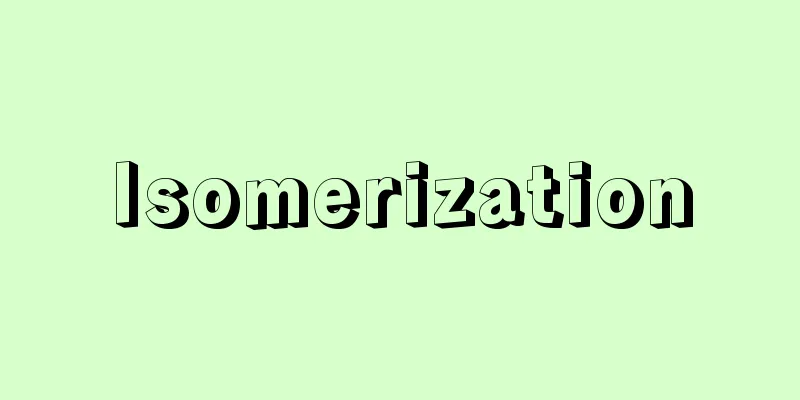Hirohashi family - Hirohashike

|
The Fujiwara clan's northern branch, Fuyutsugu line, branch of the Hino clan, and a Tosho-ke family. In the Edo period, the family was ranked as a prestigious family. Its founder was Hino Kanemitsu son Yorisuke from the Kamakura period. During the Kamakura and Nanboku-cho periods, the family was called "Kageyu-no-koji" and the seventh head Kanenobu became Hirohashi. The highest ranking officials were initially Chunagon, and from the fifth head Kanetsuna until the early modern period, they were appointed as Minister of the Left, Minister of the Interior, Minister of the Interior, etc. Meanwhile, Tsunamitsu in the Muromachi period and Kanekatsu in the Edo period were appointed as Buke-tenso (military envoys) and acted as intermediaries between the Imperial Court and the Shogunate. From the Edo period onwards, they were also appointed as temple and shrine officials for Iwashimizu Hachimangu Shrine, Chion-ji Temple, and Kiyomizu-dera Jojuin Temple. The collection of records and documents handed down from generation to generation in the family, known as the "Hirohashi Family Documents," contains many diaries and documents related to samurai and temple and shrine officials, and is one of the most valuable and important sources of information relating to the imperial court and the nobility and military. These include the "Kannukaki" by the third Kanenaka in the Kamakura period, the "Kanenobuki," "Tsunamitsuki," "Tsunamitsuki," and "Kaneakiki" from the Muromachi period, and the "Kanetaneki" and "Imitsuki" from the early modern period. [Yoshihiko Sata] Source: Shogakukan Encyclopedia Nipponica About Encyclopedia Nipponica Information | Legend |
|
藤原氏北家冬嗣(ふじわらしほっけふゆつぐ)流、日野家支流、堂上家(とうしょうけ)。江戸時代の家格は名家(めいか)。鎌倉時代の日野兼光息、頼資(よりすけ)を始祖とする。鎌倉・南北朝期は「勘解由小路(かげゆのこうじ)」を称し、7代、兼宣(かねのぶ)から広橋となった。極官(ごくかん)は、当初、中納言、5代兼綱以降、近世にいたるまで、贈左大臣・贈内大臣・内大臣などに任ぜられた。一方、室町時代の綱光ほか、江戸時代では兼勝などが武家伝奏(ぶけてんそう)に任ぜられ、朝廷と幕府の仲介役をつとめた。なお、江戸時代からは石清水八幡宮(いわしみずはちまんぐう)・知恩寺・清水寺成就院(じょうじゅいん)などの寺社伝奏にも任ぜられた。同家に代々伝来した記録・文書群「広橋家文書」は「広橋家記録」ともよばれ、日記や武家・寺社伝奏関係文書を数多く伝え、朝廷や公武関係の貴重、かつ最重要資料群の一つといえる。鎌倉期の3代兼仲(かねなか)の『勘仲記』、室町期『兼宣記』『綱光記』『綱光記』『兼顕記』、近世期の『兼胤記』『伊光記』などがある。 [佐多芳彦] 出典 小学館 日本大百科全書(ニッポニカ)日本大百科全書(ニッポニカ)について 情報 | 凡例 |
<<: Boat-billed heron (English spelling)
>>: Broadbill - Broadbill (English spelling)
Recommend
modern art
…In the face of this situation, a movement callin...
Radical and radical-socialist public parties (English: Radical and radical-socialist public parties)
…French political party. Its official name is the...
Axe and harp - Good things and good things
A riddle pattern that was popular during the Edo p...
Kishizawa Shikisa
Head of the Kishizawa school of Tokiwazu shamisen....
Respiratory function test
Respiratory function is sufficient if it is able t...
Callistus [II] - Callistus
…the treaty between Holy Roman Emperor Henry V an...
Mr. Kondo
It is said that the family began when Shugyo, a de...
Takashina Naritada - Takashina Naritada
Year of death: 4.7 (998) Year of birth: Encho 1 (9...
axon terminal
…When a neuron generates a spike in the body, an ...
Principle of simultaneous use of break time
… [Principle of granting rest periods and grantin...
FIDE - FIDE
...Famous geniuses in history include Paul Morphy...
Cavazzoni, G. (English spelling) CavazzoniG
...This technique was inherited by instrumental f...
Securities company - shokengaisha
Article 29 of the Financial Instruments and Excha...
Primary cell wall - Fig cell wall
…Cell walls play an important role in the morphol...
Arge similis (English spelling) Argesimilis
… [Togashi Hajime]. … *Some of the terminology ex...









